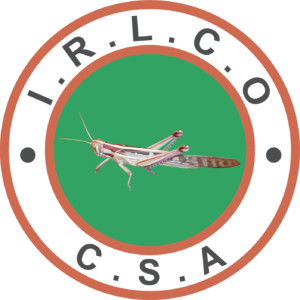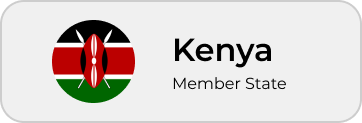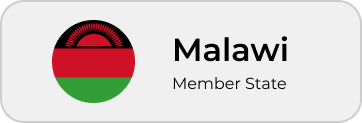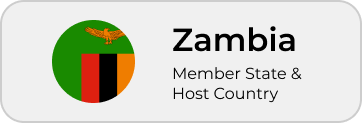Sustaining Food Security in the Region
Sustaining Food Security in the Region’
Who We Are
United Against Locust Plagues
The International Red Locust Control Organisation for Central & Southern Africa (IRLCO-CSA) was founded in 1970, succeeding the International Red Locust Control Service established in 1949. The organization emerged in response to one of Africa’s most severe locust plagues in Africa from 1929 to 1944. With strategic bases and airstrips across Africa, we are equipped for rapid response to locust outbreaks.
What We Do
Controlling migratory pests

Monitoring
We continuously monitor locust populations and other migratory pests using advanced technologies and field surveys. Our surveillance systems help in early detection and timely intervention to prevent outbreaks from escalating.

Research
Our research focuses on understanding the biology, behavior, and ecology of locusts and other migratory pests. We develop new control methods and improve existing ones to enhance our pest management strategies.

Control Operations
When locust populations reach critical levels, we deploy targeted control operations. These include aerial and ground spraying of environmentally friendly pesticides, ensuring minimal impact on the ecosystem while effectively reducing locust numbers.
Operations
Strategic and Responsive Pest Management
Know Your Pests
Different Locust Species We Manage
Red Locust
African Migratory Locust
Desert Locust
Climate Impact Research Partnership
Adapting to Environmental Changes
Pest Survey Completed
Comprehensive Analysis and Strategic Recommendations

Survey Overview
Our team conducted an extensive survey across key areas, identifying locust hotspots and assessing the risk of potential outbreaks. This survey involved both ground and aerial inspections to ensure comprehensive coverage.

Key Findings
The survey revealed several areas of concern, with notable increases in locust activity in specific regions. We have documented the locations, population densities, and environmental conditions contributing to the rise in pest activity.

Impact Assessment
We analyzed the potential impact of the locust populations on local agriculture, including crop damage and economic implications. Our findings highlight the urgency of implementing control measures to mitigate these risks.






